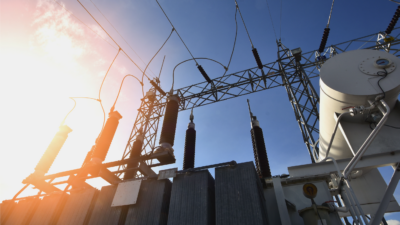Funds for the National Advanced Packaging Manufacturing Program will go to an advanced packaging piloting facility and more.
The U.S. government’s efforts to bolster domestic semiconductor production took another step today with a vision for advanced packaging. U.S. National Institute of Standards and Technology (NIST) Director Laurie E. Locascio announced that the U.S. Department of Commerce will provide $3 billion in funding for new projects as part of the incentives of the CHIPS and Science Act that U.S. President Joe Biden signed into law in August 2022.
The money comes from funding earmarked for the National Advanced Packaging Manufacturing Program (NAPMP), a component of the Act. The total sum will pay for new projects, programs that include an advanced packaging piloting facility to validate and transition new technologies to U.S. manufacturers, and workforce training, to make sure new processes and tools have adequate and well-trained employees. The first area to be funded in early 2024 will be materials and substrates.
In the coming years, the NAPMP will allocate funds to projects in five other areas:
- equipment, tools and processes
- power delivery and thermal management
- photonics and connectors
- a chiplet ecosystem to improve performance, reliability, yield and cost in advanced packaging
- co-design for test, repair, security, interoperability and reliability
In a speech at Morgan State University in Maryland, Locascio said the funding will help the U.S. semiconductor industry avoid delays and security concerns.
“Fabricating chips in America but shipping them overseas to be packaged creates supply chain and national security risks we cannot accept. That is why we envision that, by the end of the decade, the United States will be home to multiple high-volume advanced packaging facilities and a global leader in commercial-scale advanced packaging for the most sophisticated chips,” said Locascio.
The advanced packaging piloting facility will provide a site to test new equipment and processes and allow for hands-on workforce development.
“Success means validating development efforts as well as demonstrating the technology integration and transfer essential to achieving commercial scale advanced packaging here in the United States,” said Locascio.
Universities, colleges and training programs are encouraging the growth of the U.S. semiconductor industry by readying the workforce. For example, in March 2023, Morgan State University announced that it will receive $3.1 million in state funding from Maryland to build a center for research and education in microelectronics. Since August 2022, at least 50 community colleges across 17 states have instituted new programs or expanded programs relating to the semiconductor industry. In May 2023, Handshake, a career management system to help college students find jobs, found applications to full-time jobs in the semiconductor sector were up by almost 80 percent year after year.
Locascio likened the effort to drive growth in the semiconductor sector to the space race. She said jobs in the field are promising economic opportunities that could lift whole communities and entire regions.
“It is incumbent upon all of us in education, government and industry to attract people to those jobs, eliminate barriers that keep people from completing training programs and entering the workforce, and pay good wages and provide pathways to upward mobility so that we retain valued workers,” says Locascio.
“Making substantial investments in domestic packaging capabilities and R&D is critical to creating a thriving semiconductor ecosystem in America. We need to make sure new leading-edge chip architectures can be invented in our research labs, designed for every end-use application, manufactured at scale and packaged with the most advanced technologies,” said U.S. Secretary of Commerce Gina Raimondo in a NIST press release.



